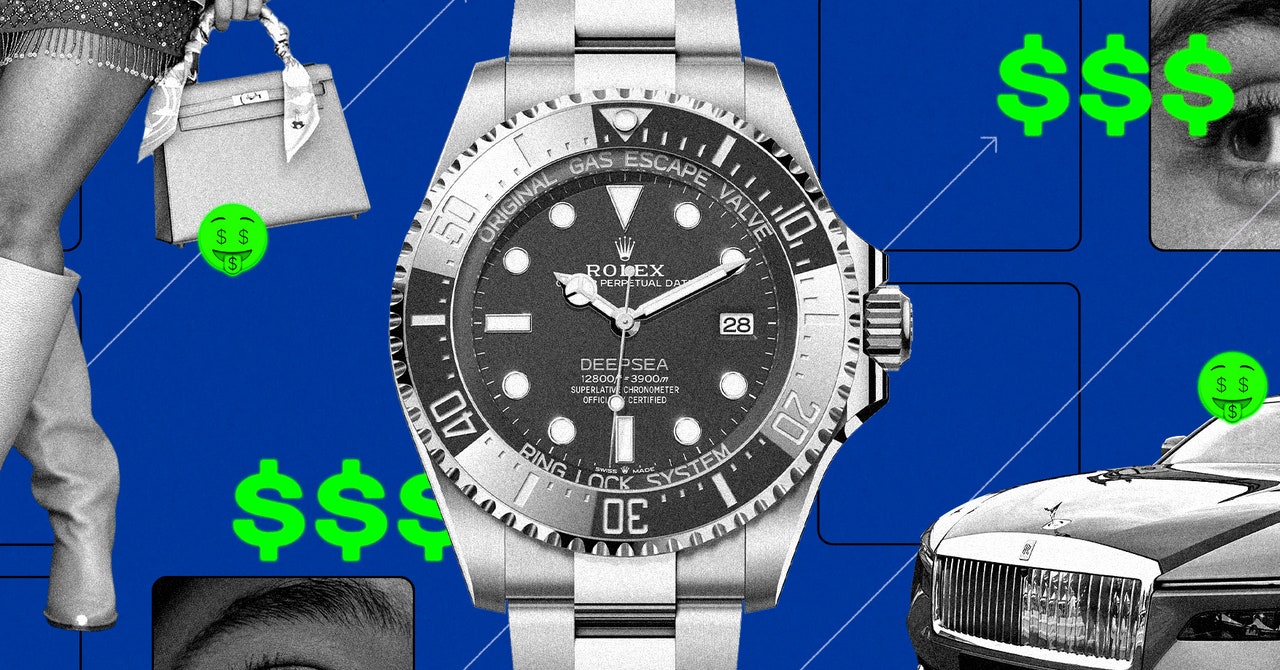To start with, it’s all about understanding the trade-off between work and free time, explains University College London professor of economics Wendy Carlin. “You work to get income that you can spend on goods and services. As you become better off, we would expect people to both want more free time and more goods; the question is what the balance is between one or the other.”
Different societies make different choices; Carlin touches on the classic contrast between European and American work-life balance. “People say ‘Oh, the Europeans are just very lazy, and they take all these holidays.’ But they’re making a different choice in terms of the way they take advantage of their higher living standards, because the thing that’s really scarce is time.” Veblen’s theories come in when you look at why people work more in different countries, she explains.
“Some of those people are working two jobs just to survive,” Carlin says, “but some of them are working two jobs because they want to have the latest thing, the new phone, or the new car, or whatever.”
It might sound obvious to us, but it defies traditional economic theory, which, in a nutshell, says we should be happy once our basic needs are met—and it would have seemed like madness to the academics of a hundred years ago.
“It was thought that by now we would be working just two days a week,” says Carlin, in reference to John Maynard Keynes’ 1930 paper Economic Possibilities for Our Grandchildren, in which the economist predicted that improvements in technology and manufacturing efficiency would leave people needing only to work 15 hours a week. “Instead, people work two, three jobs, take two weeks’ holiday and have more goods. And why do they do that? Well, as Veblen said, because they’re comparing themselves with other people.”
As the Rich Get Richer …
We might not recognize the analysis of our working habits, believing that we all have more noble motivations at heart, but who among us can deny that we also aspire to a new Porsche, a Chanel bag, or a week in the Hamptons? Veblen’s work stated that people at every level of society would work to attain the symbols they perceiv as belonging to a superior class; it turns out that the more extreme that disparity—the more unevenly wealth is distributed in a society—the harder people will strive. “More inequality intensifies the Veblen effect,” Carlin says.
Research that compared the income share of the top 1 percent of earners with the average number of hours worked bore out this idea. “The Nordic countries were very unequal a century ago,” says Carlin. “Then inequality fell dramatically, and at the same time, hours of work fell. People were less interested in comparing themselves with ultrarich people, and so they decided to take more leisure time.”
If it’s not immediately clear how that impacts our lives—and our spending—today, consider that income inequality in the US has worsened dramatically in the past four decades, according to a 2020 report from the Pew Research Center, which remarked that “the wealth gap between America’s richest and poorer families more than doubled from 1989 to 2016” and noted that America’s Gini index (a measure of income inequality) was higher than any other G7 nation. No surprise then that projections for luxury goods sales in the US are rosy.
Insta Effect
There is another element that’s essential to understanding the increasing hold Veblen goods have over us: their visibility. Because Veblen’s theories rely on the perception of others, for anything to be considered a traditional Veblen good, its price—or exclusivity—must be easily understood by others.
This simple fact underpins big-logo luxury products such as a Louis Vuitton monogrammed holdall, the oversize grille of a Rolls-Royce, or the instant recognition of iconic watch designs like the Audemars Piguet Royal Oak.


